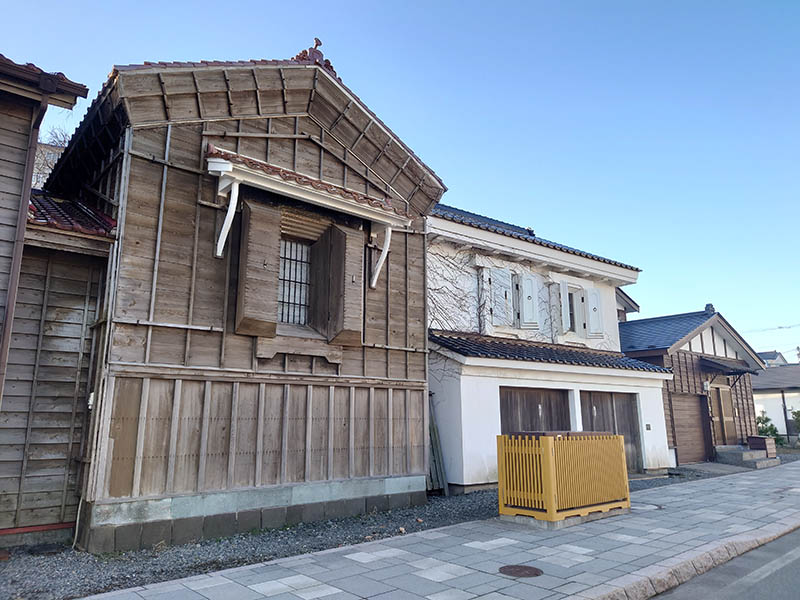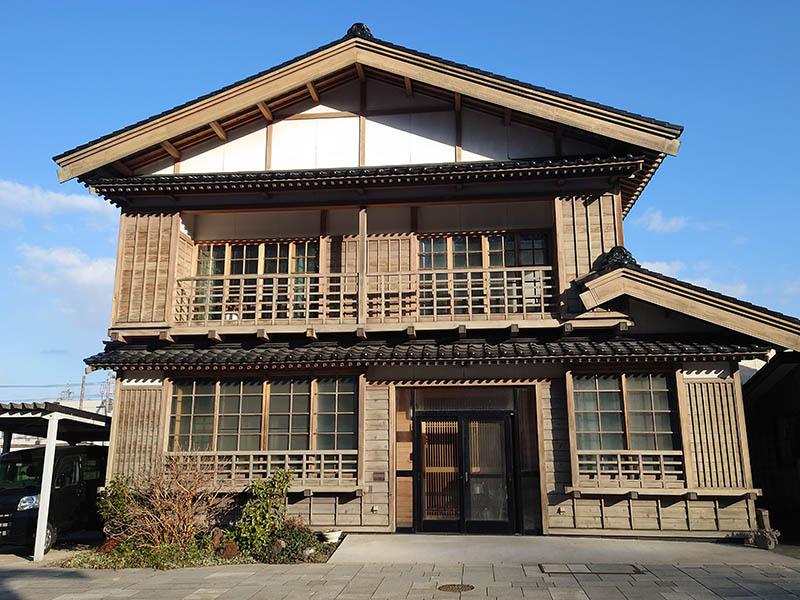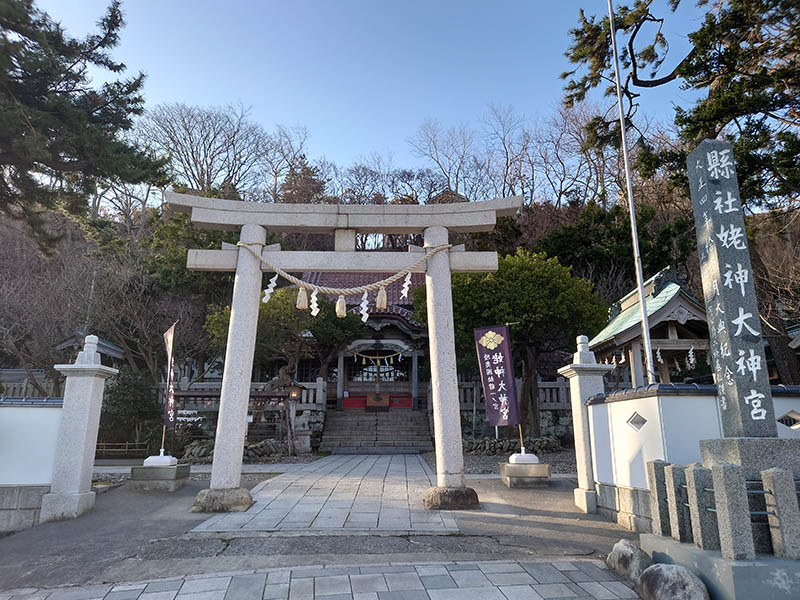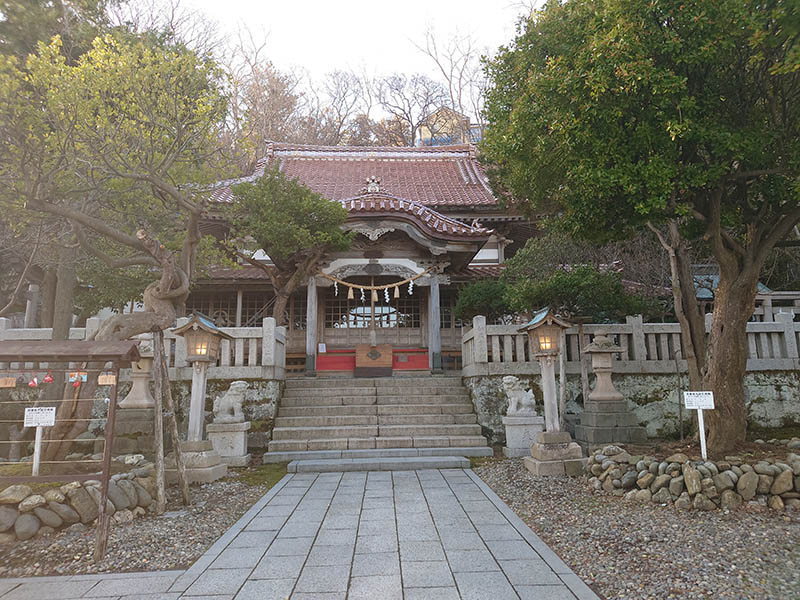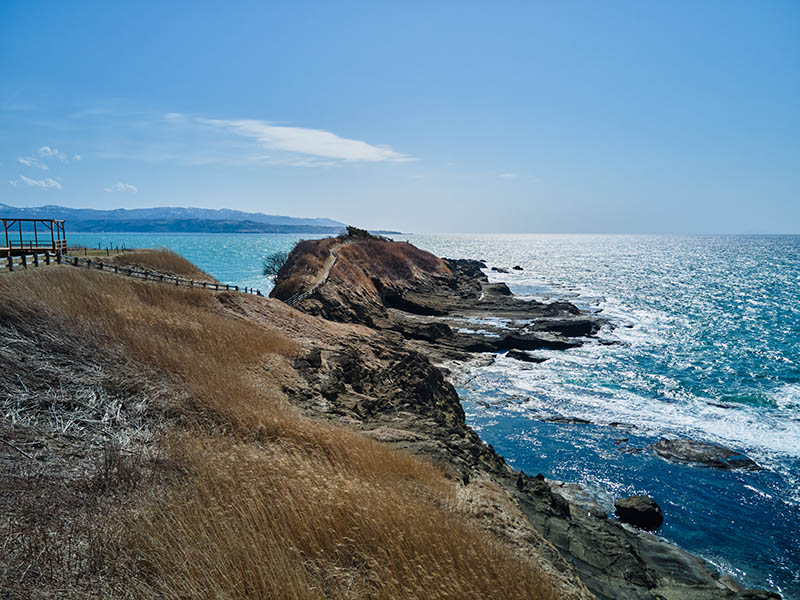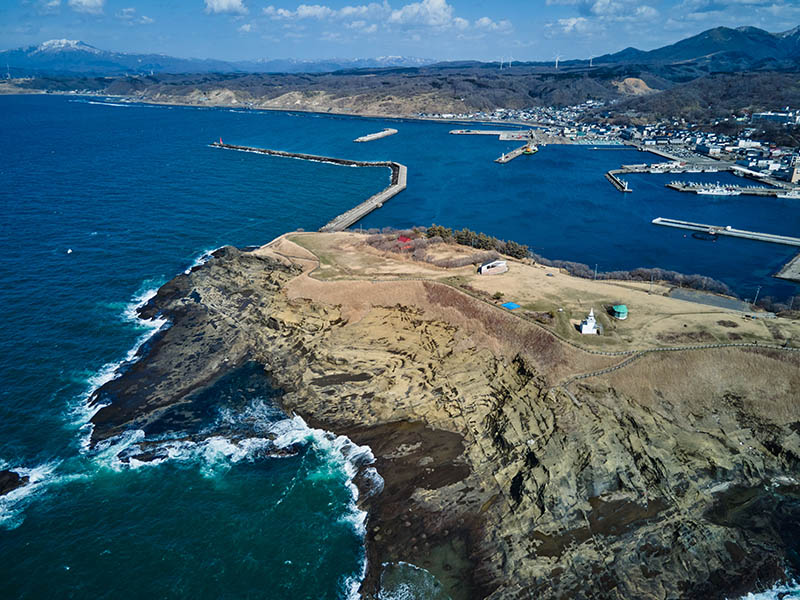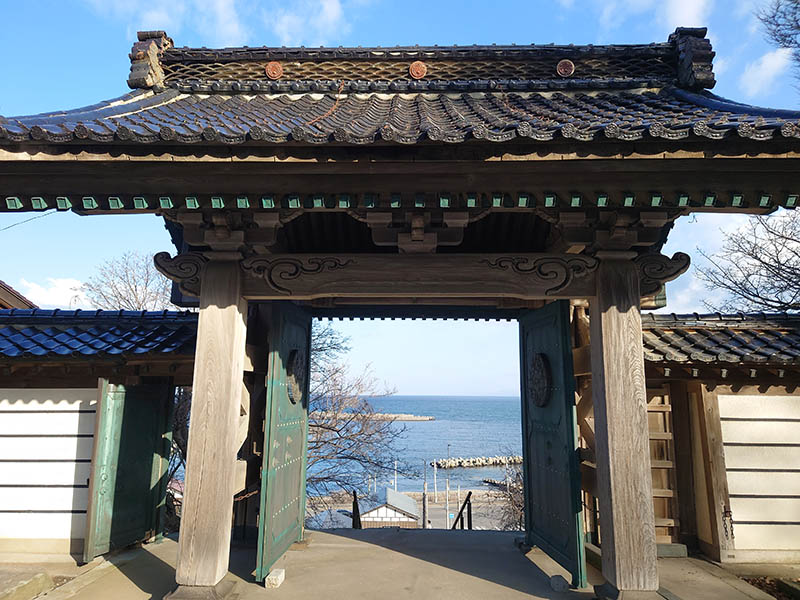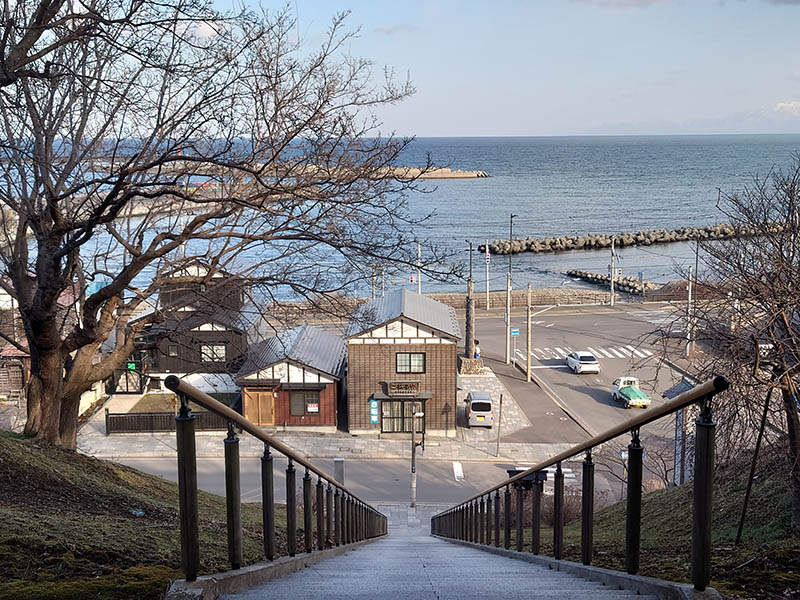Certified Hokkaido’s first world heritage in 2018.
The more you learn about Esashi’s history, the more you want to explore.
The History of Esashi
Though it is not widely known,it is actually reputedly the birthplace of Hokkaido culture.
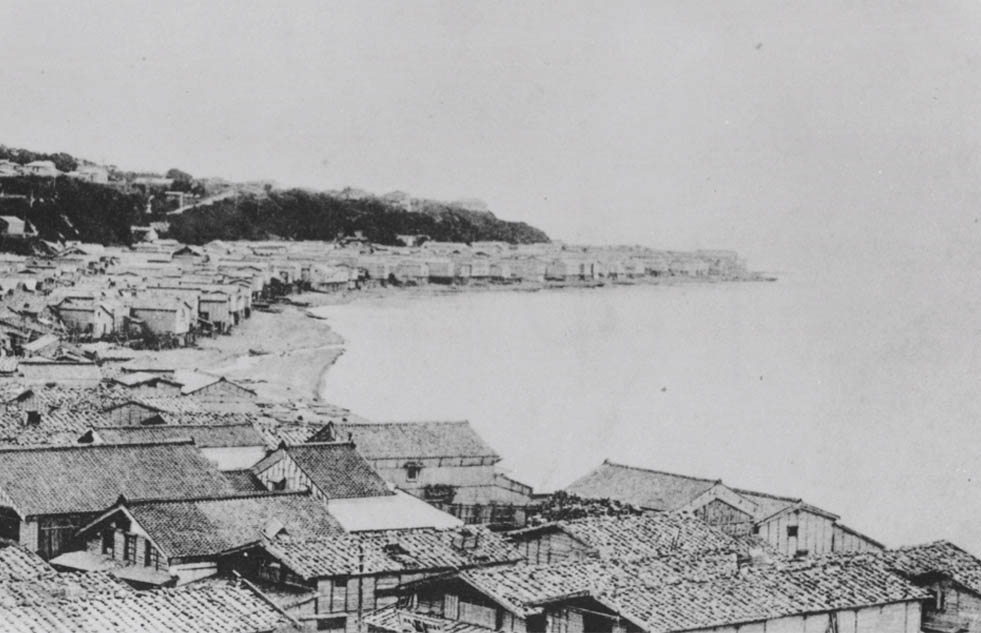
The history of Esashi is long, and it is said to have begun in 1189 with the landing of a Fujiwara family from Honshu.
In the Edo period, maritime trade prospered, with the kitamaebune (“northbound ships”) following herring north to south on the Sea of Japan carrying goods, and all kinds of thing came to Esashi across the sea, including food, clothing, furniture, and luxury goods, as well as culture, people, and technology. Esashi was one of the leading ports towns of old Hokkaido.
From the early Meiji period, the curtain closed on the age of prosperity brought about by the kitamaebune, but many tangible and intangible cultural heritages that communicate the feeling of those times still survive in Esashi today, including priceless architecture, Esashi Oiwake folk music, and the Ubagami Daijingu Shrine float parade.
“A road to the past/Inishie kaido street”
where old-fashioned wooden architecture survives
Located a 10-minute walk from Hotel Ryotei Kuki
Ubagami Daijingu Shrine
Hokkaido’s oldest shrine, founded in the Kamakura period
Located a 7-minute walk from Hotel Ryotei Kuki
Enjoy the pure blue sea on
Kamomejima Island
Located a 3-minute walk from Hotel Ryotei Kuki
Esashi Higashi-Betsuin temple
Fantastic view of the sea from the gates
Located a 16-minute walk from Hotel Ryotei Kuki


